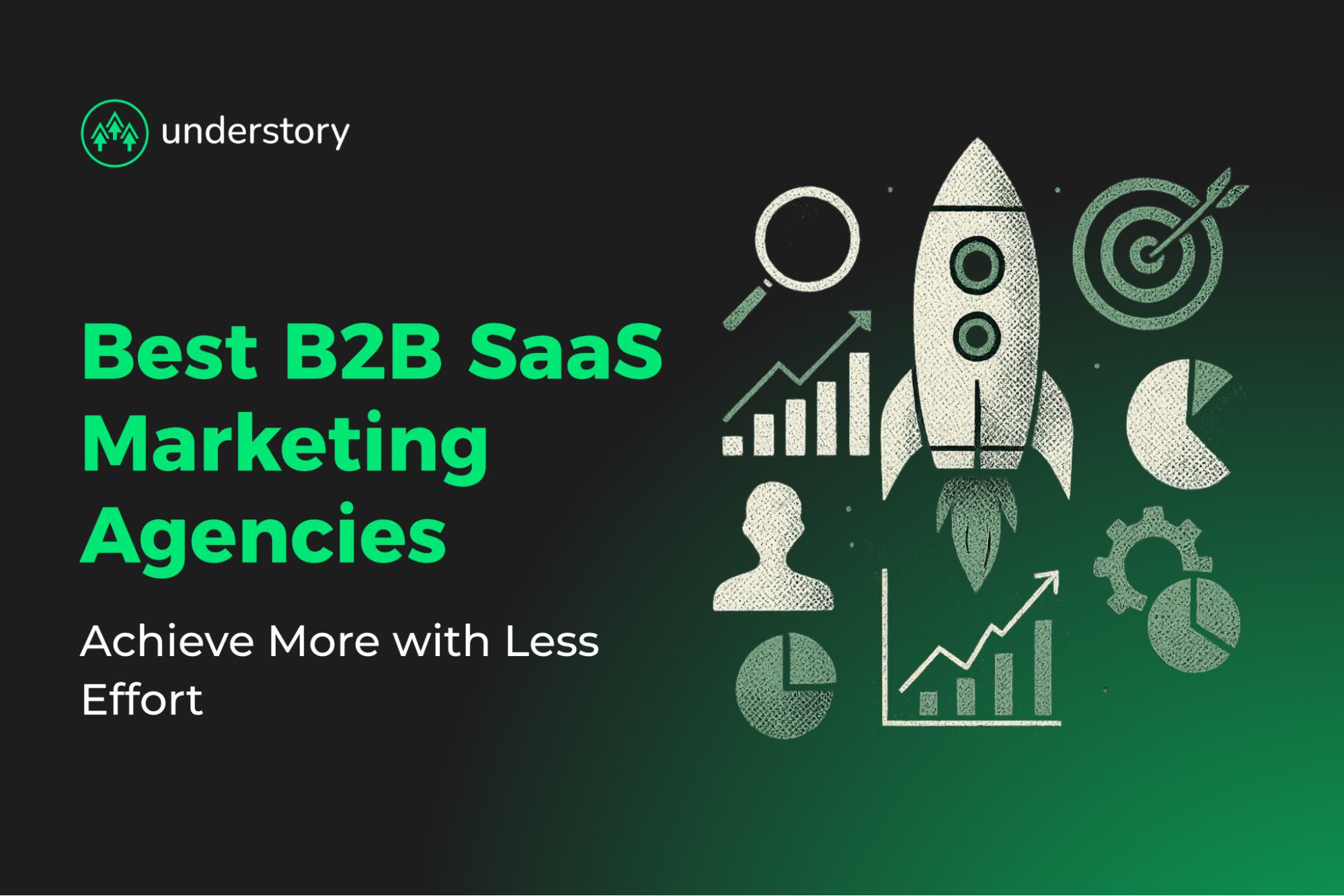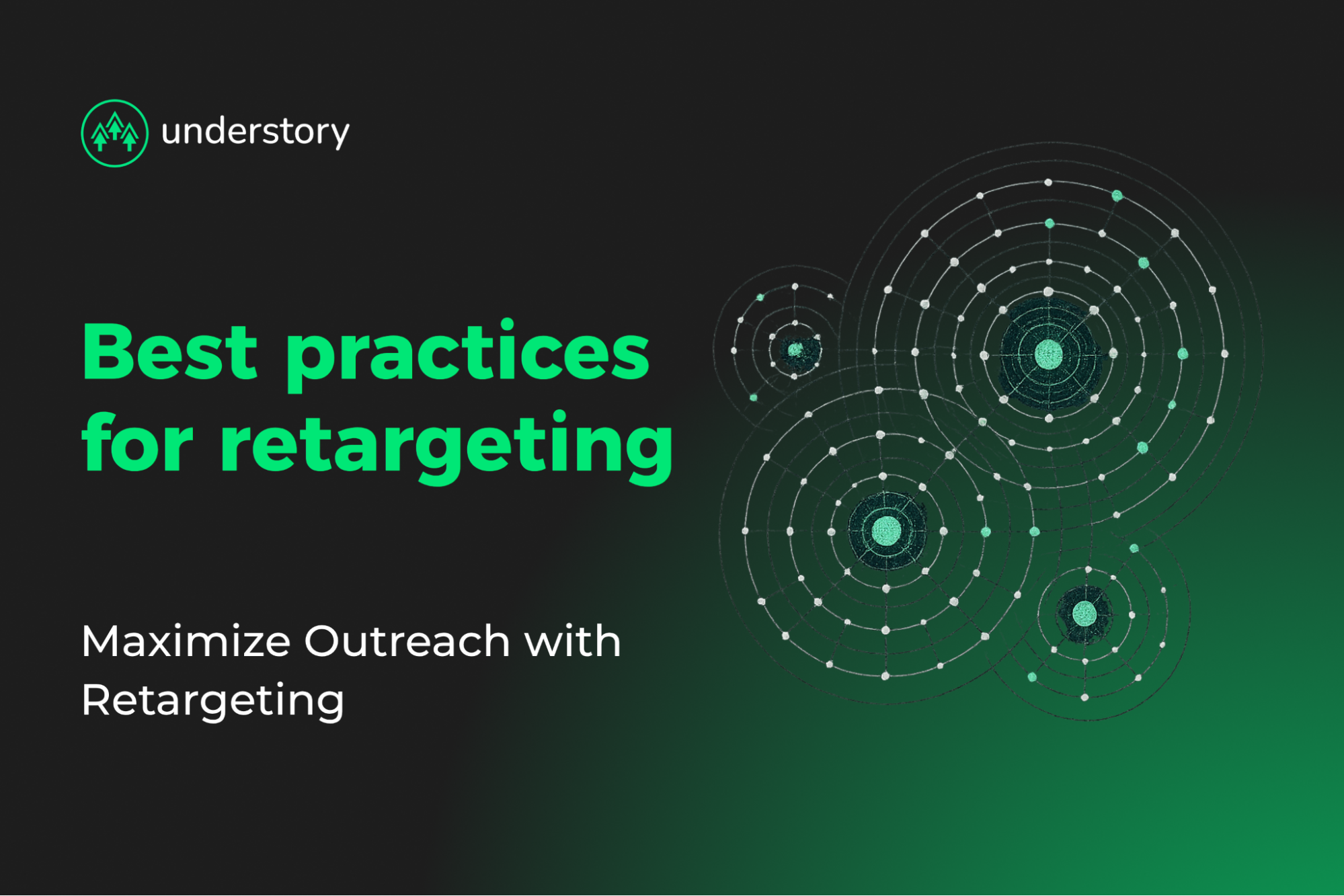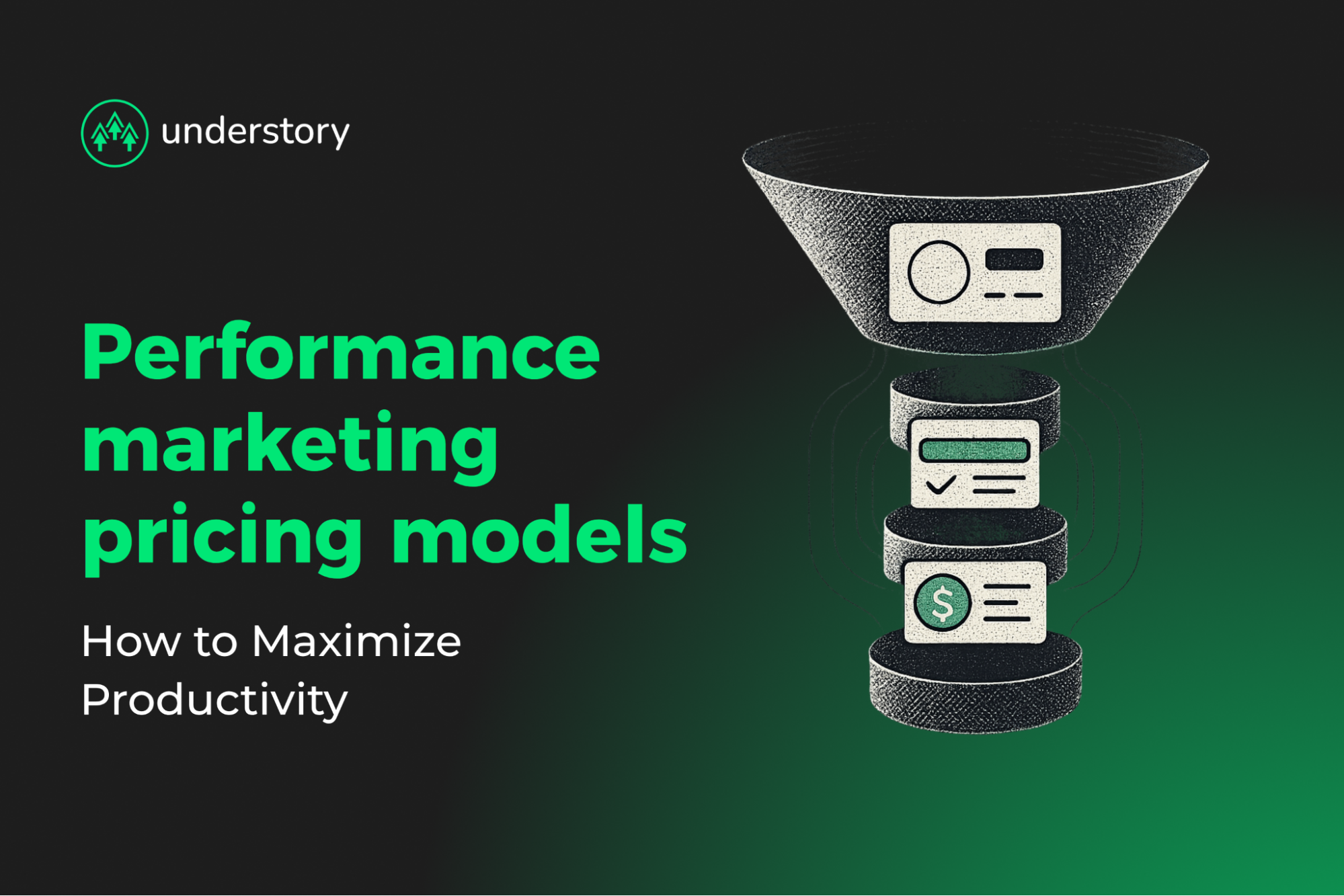

What are attribution models in B2B marketing?
Track campaigns that generate qualified pipeline growth.
In B2B SaaS markets, prospects can interact with dozens of touchpoints across long sales cycles before choosing a product. Attribution reveals which marketing investments actually drive revenue. Understanding which touchpoints spark initial interest, nurture consideration, and close deals helps you plan where to invest your time and budget.
This guide covers several attribution models, then walks through a seven-step implementation guide. You'll learn how to connect touchpoints to revenue, prove which channels drive growth, and turn data into smarter budget decisions.
What is a marketing attribution model?
A marketing attribution model is a framework that assigns revenue credit to specific marketing touchpoints throughout the buyer journey. It tracks which interactions, like a first LinkedIn ad, mid-funnel webinar, or final demo, contribute to conversions and closed deals.
Keep in mind, B2B attribution is more complex than B2C. You're navigating buying committees, long sales cycles, and multiple touchpoints like webinars, ads, calls, and trade shows. Misattribution sends budgets to the wrong channels.
A reliable attribution model mirrors the reality of your sales cycle. It demands disciplined UTM governance, CRM integration, and iterative calibration when results don't align. Get attribution right, and you can confidently reallocate spending toward effective marketing efforts instead of managing fragmented projects across different touch points.
Common attribution models
Choosing how to assign conversion credit shapes every budget, channel decision, and performance report. It's helpful to understand multiple models, where they focus, and their limitations.
First-touch attribution gives 100% of credit to the first interaction. It's quick to implement and highlights top-of-funnel wins like paid media campaigns. However, it ignores all nurturing, demos, and stakeholder engagement that drive deals forward.
Last-touch attribution awards 100% of credit to the final action, like a "Book a demo" click. This is useful for validating CTAs, but in a six-month B2B cycle it underestimates the channels that sparked initial interest.
Linear attribution distributes credit evenly across every touchpoint. A journey like "whitepaper → webinar → nurture email → demo → purchase" assigns 20% credit to each step. It highlights neglected channels but treats a casual blog visit the same as a critical pricing call.
Time-decay attribution gives more credit to touchpoints closer to conversion. For example: demo 40%, nurture email 30%, webinar 20%, whitepaper 10%. This mirrors real-world decision acceleration near closing. However, it undervalues early-stage education that puts your brand on the shortlist.
Position-based (U-shaped) attribution balances top- and bottom-funnel influence with 40% to first touch, 40% to last, and 20% split across the middle. It highlights initial demand creation without dismissing closing activity. The tradeoff? It can under-credit important mid-funnel steps like technical validation or ROI discussions.
Single-touch and basic multi-touch models fall short in B2B. Buying committees mean multiple stakeholders interact across months. A CFO may first discover your brand in Q1, while IT signs in Q3 after several demos. Over-rewarding one touchpoint can result in poor budget allocation.
Advanced multi-touch models recognize all meaningful interactions, roll contacts to the account level, and provide the evidence to reallocate spend confidently across channels.
Multi-touch and algorithmic models
Multi-touch attribution spreads conversion credit across every prospect interaction, from the first whitepaper download to the final contract signature. Since B2B deals involve months of nurturing and multiple decision-makers, multi-touch models are an effective tool to measure revenue impact at the account level.
Early multi-touch models rely on fixed, rule-based weighting. Linear, time-decay, U-shaped, and W-shaped models all fall into this category. They acknowledge the full buyer journey but force teams to guess which moments matter most. As data grows, this guesswork slows decision-making. That's why many SaaS leaders move toward algorithmic attribution.
Algorithmic attribution assigns fractional credit based on actual influence, not preset formulas. Using logistic regression, Markov chains, or machine-learning classification, it uncovers hidden patterns. A mid-funnel webinar might double close rates. An outbound touch might influence only deals above $100K.
Effective algorithmic models require:
- Sufficient conversion volume for statistical learning
- Clean, integrated data sources (website, ads, CRM, offline events)
- Technical resources (data warehouse, analytics engineer) to build and maintain the model
Algorithmic attribution delivers two main advantages:
Automatic Adaptation: When prospects respond to new events, like product-led touchpoints instead of paid search, the model recalibrates without manual reweighting.
Account-Level Clarity: Rolls individual stakeholder interactions into a coherent revenue story, supporting B2B's account-centric complexity.
The feedback loop between pipeline data and machine-learning weights lets you fine-tune spend, creative, and sequencing with precision that static rules can't match. Multi-touch shows the full movie. Algorithmic attribution ensures every scene earns its proper share of revenue.
Advanced attribution models for complex B2B operations
SaaS teams managing six-month sales cycles and multiple decision-makers need attribution that reflects their complexity. Simple rule-based models fail when CRMs show dozens of touches per deal and unclear marketing-to-sales handoffs.
W-shaped attribution allocates 30% credit to the first marketing touch, 30% at lead qualification, 30% when an opportunity enters the pipeline, and 10% across supporting touches. This approach highlights campaigns that actually move accounts from marketing to sales. Teams with defined lead qualification find W-shaped models immediately actionable because they map directly to CRM handoff points.
Full-path (Z-shaped) attribution extends credit through closed-won deals. Four milestones receive 22.5% each, with 10% for supporting activities. For revenue leaders tracking pipeline velocity, this reveals which mid-funnel campaigns accelerate deals and which late-stage programs close opportunities. You get executive-ready proof without oversimplifying to last-touch.
Custom weighting models allow teams to adjust credit based on the buyer journey. Product-qualified leads, executive dinners, or account-based touches can be weighted according to real influence. Rolling individual contact activity up to the account level captures the collective effect of multiple stakeholders in one revenue story.
Machine-learning attribution requires sufficient closed-deal volume and analysts comfortable with statistical models. Algorithms analyze historical deals, test weight combinations, and recalibrate as new conversions occur. Subtle yet impactful touches get proper fractional credit. When these prerequisites exist, algorithmic models consistently outperform static rules, uncovering investment opportunities others miss.
Attribution isn't static. Funnels, data quality, and buying committee dynamics evolve. SaaS teams that align their frameworks to actual sales motions are better equipped to clearly understand the impact of current efforts and plan future strategy accordingly.
How to choose the right attribution model
Pick the wrong attribution model, and you risk wasting time on unhelpful metrics. Pick the right one, and you finally see which touchpoints actually move the pipeline. The key is matching the model to your specific sales process.
Test each option against five practical filters:
- Deal size and buying committee complexity: Enterprise deals with eight stakeholders need more sophisticated models than product-led growth motions.
- Sales cycle length: Weeks versus quarters changes which touchpoints matter and when.
- Channel mix: One paid social stream is simpler to attribute than ten concurrent programs across LinkedIn, Google, outbound, and events.
- Data maturity: Clean CRM and marketing automation integration enables advanced models. Spreadsheet-based setups require simpler approaches first.
- Executive reporting priorities: Board-ready dashboards demand different metrics than granular RevOps ROI analyses.
Start simple if needed. First-touch models work for short cycles and low data maturity. Graduate to linear or U-shaped models as mid-funnel nurturing grows in importance. When thousands of conversions flow through clean, joined-up data, algorithmic attribution surfaces hidden influencers that rules-based frameworks miss.
Data readiness is also critical. Verify CRM lead-to-account matching. Sanity-check timestamps. Without clean data reported consistently, even the most sophisticated model won't produce actionable insights.
Test models head-to-head. Most platforms allow multiple approaches simultaneously. Track how budget allocations would change over a quarter. Align with sales leadership on KPIs before full rollout. Quarterly reviews ensure your model adapts as buying behavior evolves.
Factor in offline touches in your attribution models too. Trade-show scans, discovery calls, and dinners can outweigh a banner ad. Capture these as custom CRM events to avoid undervaluing high-impact human interactions.
Choose, test, refine. That rhythm turns attribution from an academic exercise into a revenue-driving habit.
How to implement an attribution framework
Follow these seven steps to get reliable, multi-touch attribution that eliminates guesswork and clearly shows your most impactful marketing efforts:
1. Choose a source of truth
Pick one hub for all revenue data. Sync marketing automation, ad platforms, and billing systems daily. Assign ownership. For example, RevOps manages field definitions, marketing ensures UTM hygiene, and sales validates closed-won dates. Well defined governance now prevents weeks of cleanup later.
2. Capture lead event data
Track every click, form fill, and chat interaction. Combine pixel tags, first-party cookies, and server-side events. Map all events to unique IDs from your source of truth. This connects sessions to pipeline stages. Missing even one event creates blind spots you can't backfill.
3. Connect leads to channels
Lock in standardized UTM naming with source, medium, campaign, term, and content. Use lowercase consistently. Reserve (not set) for intentional blanks. Consider identity resolution to link cross-device activity.
4. Roll leads up to the company level
Use email domains or lead-to-account tools to aggregate stakeholder activity. Account-centric tracking avoids misallocating spend to secondary contacts. It improves model accuracy significantly in complex buying groups.
5. Define your attribution model
Pick credit rules that match your data and sales cycle. Start simple with a rule-based model like U-shaped if you're onboarding data. Graduate to algorithmic attribution as volume grows. Version-control model configurations to iterate without breaking dashboards.
6. Visualize attribution
Dashboards turn data into decisions. Build one view for executives showing pipeline, CAC, and ROI. Build one for operators showing touchpoint performance, stage velocity. Include both contact- and account-level attribution to align product-led and sales-led motions. Customize slices to reflect GTM priorities.
7. Pull actionable insights
Compare model-assigned revenue to actual costs monthly. Reallocate budget toward channels beating CAC targets. Throttle underperformers. Run lift tests to confirm incremental impact. Schedule quarterly reviews to recalibrate credit weights as buying patterns shift.
Prioritize impactful steps early. Maintain a dashboard that ties every LinkedIn ad, outbound sequence, and creative asset to closed-won revenue.
Build attribution that drives SaaS scaling
Implementing attribution models and planning cohesive marketing strategy based on the resulting insights requires time and expertise SaaS growth teams may not have available in-house. Between wiring CRMs to paid platforms, calibrating multi-touch models, and translating data into budget decisions, attribution becomes yet another coordination challenge.
Understory partners with SaaS companies to create and deliver on cohesive allbound marketing strategies. We scale paid media, build outbound systems that generate qualified pipelines, and connect campaign performance to revenue without adding excessive vendor coordination overhead.
Schedule a 15 minute call to review your attribution setup and implement models that prove which channels draw in more customers.




